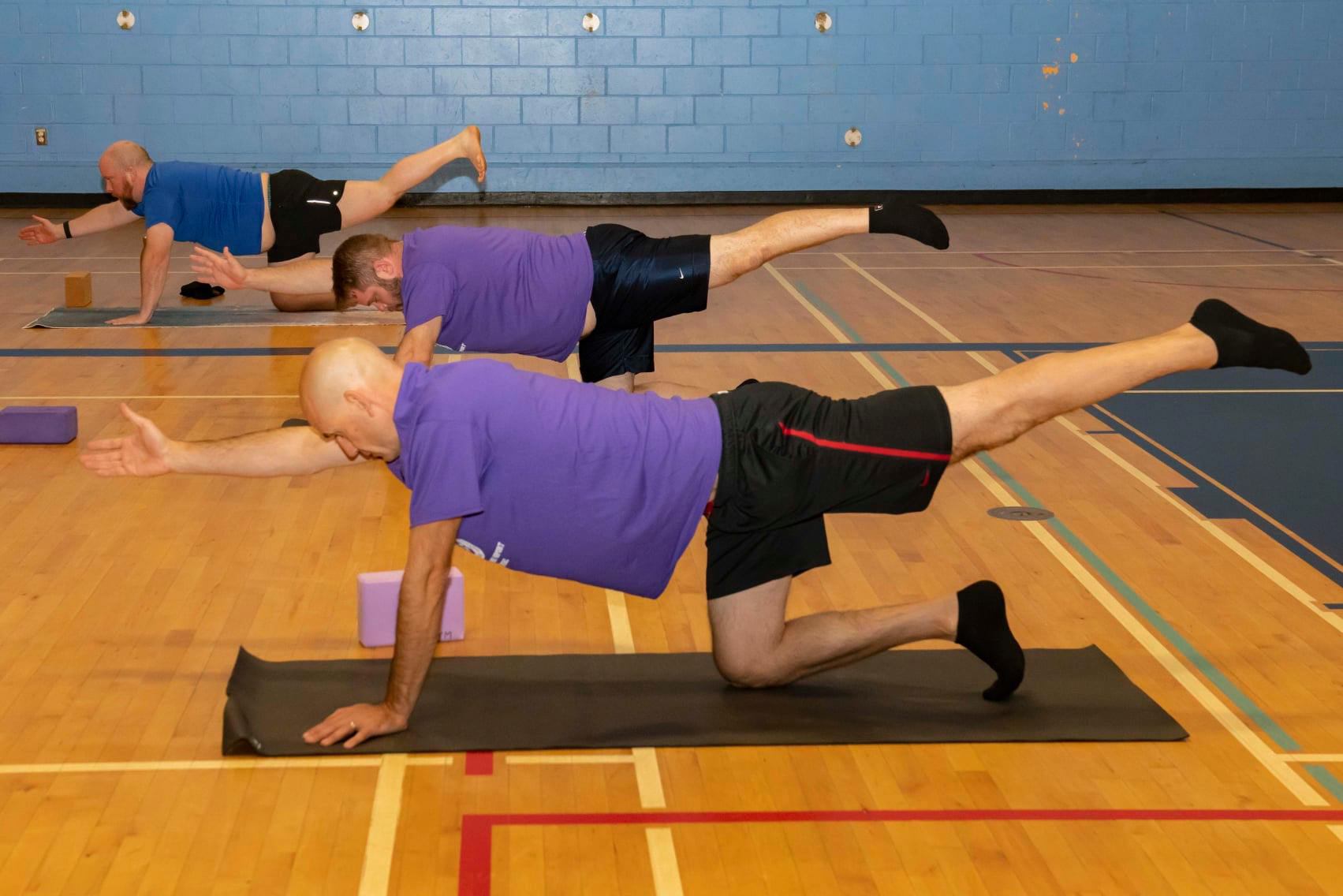
CPL SIMON ARCAND, FIS HALIFAX
Eight limbs of yoga
By Alison Rotzien,
Fitness and Sports Instructor, PSP Halifax
True yoga is not to be performed; yoga is a practice to be lived off the mat. Having a beautiful tree pose will help you far less often in life than being able to focus and breathe through, no matter how difficult the circumstance you’re currently in is. Within yoga there are eight aspects, or limbs, that are present in the practice and are believed to be requirements to live a meaningful life.
Yamas & Niyamas are thought of as guidelines and ethical disciplines. As yoga is designed to create more awareness of not only your body but your thoughts. These resistances (Yamas) include non-violence, truthfulness, non-stealing, non-excess, and non-possessiveness. The observances (Niyamas) include contentment, self-discipline, self-study, and surrender. These guidelines are not to limit the way we live our lives, but try to open life up to us.
Asana are the poses or movements that are done throughout the bulk of the class. They allow you to care for and refine your body and develop the necessary discipline and concentration required for meditation.
Pranayama is the regulation of breath. This can be as simple as being aware of the breath or more structured, rhythmic breathing practice. Breath is considered to be the expression of life, and that if you’re with your breath, you’re with life itself.
Pratyahara is a side effect of breath regulation and turning inward. It draws our awareness away from the external world and outside stimuli. As we go inward toward self-knowledge, we naturally let go of our outer attachments, and this limb is about going inwards to go back out into the world mindfully.
Dharana is the first stage of concentration in which that concentration leads to mediation. Slowing down and being fully absorbed in whatever you are doing. In this stage, focus can be intermittent, with attention drifting away and then back again.
Dhyana is a continuous state of Dharana, or the second stage of concentration. This is when focus becomes one-pointed, steady and uninterrupted for longer durations.
Samadhi this is the third and final stage of turning inward — there is no perception of a subject separate from its object and the ego vanishes. This is the goal, to be unattached and without judgement.
Yoga can be much more than just a simple stretching class, it’s a way to meditate and to get to know yourself on a deeper level. As much as yoga is a workout, it’s even more so a work-in.






